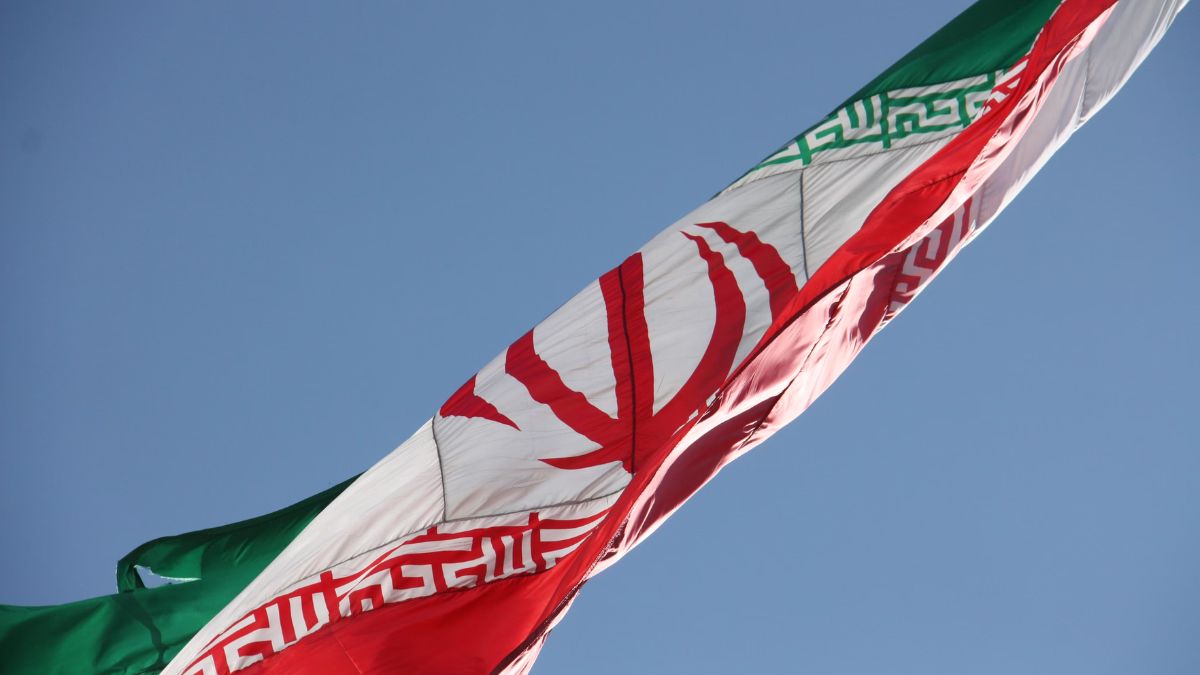New York: In the early hours of 13 June 2025, Israel launched a wide-ranging and coordinated strike on roughly 100 strategic targets across Iran—nuclear facilities, IRGC command centres, military installations, and residential compounds linked to high-level commanders. Among the casualties were General Hossein Salami, commander-in-chief of the Islamic Revolutionary Guard Corps (IRGC), and General Mohammad Bagheri, chief of staff of Iran’s armed forces, along with nuclear scientists Fereydoun Abbasi and Mohammad Mehdi Tehranchi.
Tehran responded with restraint. In a terse statement, Supreme Leader Ayatollah Ali Khamenei condemned the strikes as a “cowardly act of aggression” and vowed that Iran would retaliate “at the time and place of its choosing.” Within hours, Iran launched more than 100 drones toward Israel—most intercepted—and closed its airspace amid heightened readiness.
The attacks raise significant questions: Will Iran retaliate militarily, diplomatically, economically—or all three? How might this affect the region, global energy markets, and international diplomacy?
The IRGC’s central role—and its vulnerability
Founded post-1979 revolution as an ideological bulwark, the IRGC has evolved into Iran’s most powerful institution—controlling its missile and drone programs, intelligence services, vast economic enterprises, and regional proxies. As IRGC commander, Salami was central to these efforts—widely sanctioned and instrumental in operations stretching from Syria to Yemen. His death, paired with that of Bagheri and prominent scientists, constitutes a rare leadership decapitation—one with profound implications for Iran’s strategic posture.
A calibrated response is the most likely path
Operating within a newly exposed landscape, Iran’s leadership must navigate a treacherous middle course: neither appear weak nor trigger an all-out war. Prospective retaliation tactics include:
- Drone or missile strikes targeting Israeli military assets or U.S. footholds in the region.
- Cyber warfare directed at Israeli or allied infrastructure.
- Shipping disruptions in the Strait of Hormuz—through which about a third of global seaborne oil transits—to impose economic costs without overt war.
- Partial escalation via proxies, such as actions in Syria or Iraq, remains another plausible option.
Also Read: From Chaos to Courage: Passenger in Seat 11A Walks Out Alive from Air India 787 Crash
Markets woke up to geopolitical alarm
Financial markets responded swiftly:
- Brent crude jumped ~8% to around $74.90/barrel, while WTI increased to $73.70—marks their sharpest one-day rises in over three years. Some outlets reported intraday WTI surging ~12%, topping $76.24, and Brent briefly reaching $78 before easing.
- S&P 500 futures declined ~1.7–1.9%, as risk assets dropped globally in the face of rising tensions.
- Equities in India’s oil-marketing firms (IOC, BPCL) fell up to 6% due to higher crude import costs.
- Gold climbed 1–1.5% into the $3,430–3,434/oz range as investors sought safe havens.
- Currencies like the rupee weakened, with India’s central bank signaling possible intervention.
ZizzPost Takeaway
- This Israeli strike represents a rare, high-impact decapitation of Iranian military leadership.
- Iran is expected to respond—likely through a measured, multi-domain strategy rather than overt warfare.
- Markets are pricing in geopolitical risk, especially through energy and safe-haven assets—noting volatility in oil prices under $80/barrel but with strong risk premiums.
- Diplomatically, the strike jeopardises renewed efforts on a nuclear deal in Oman and invites global scrutiny of U.S. influence or involvement.







